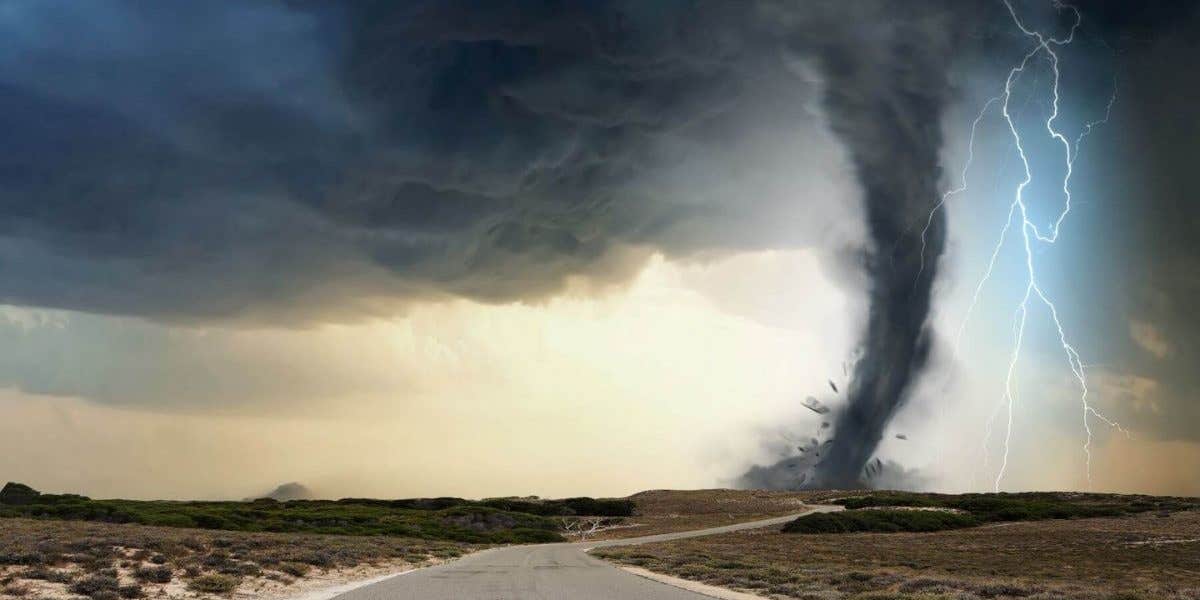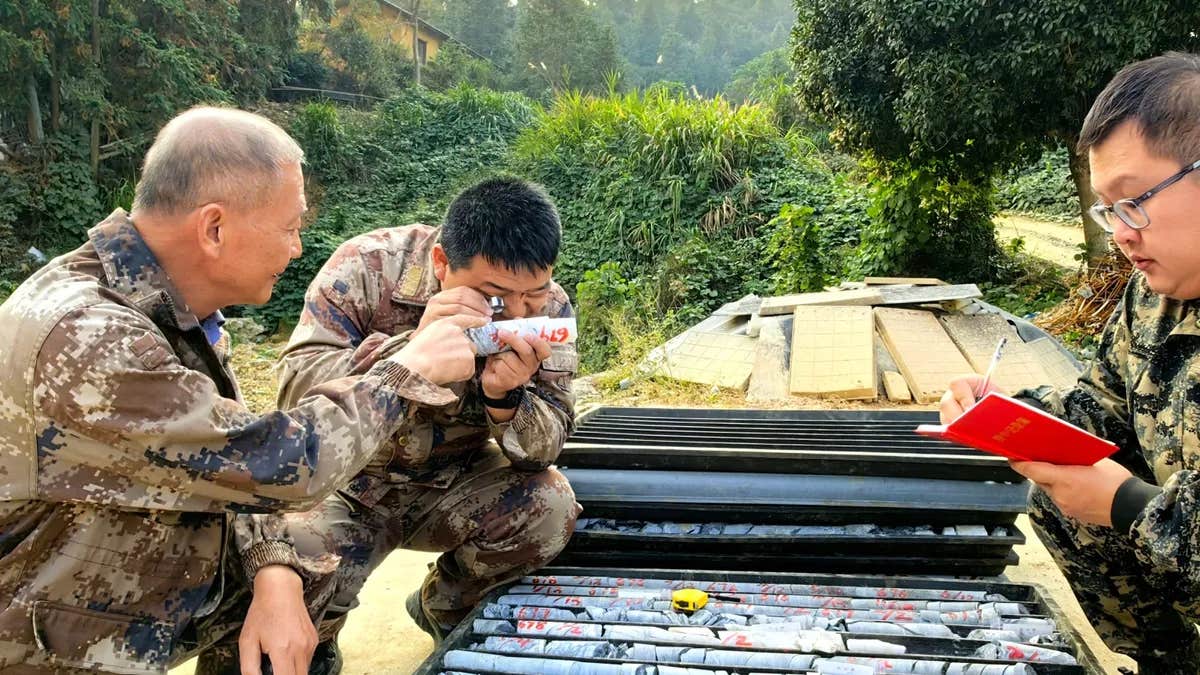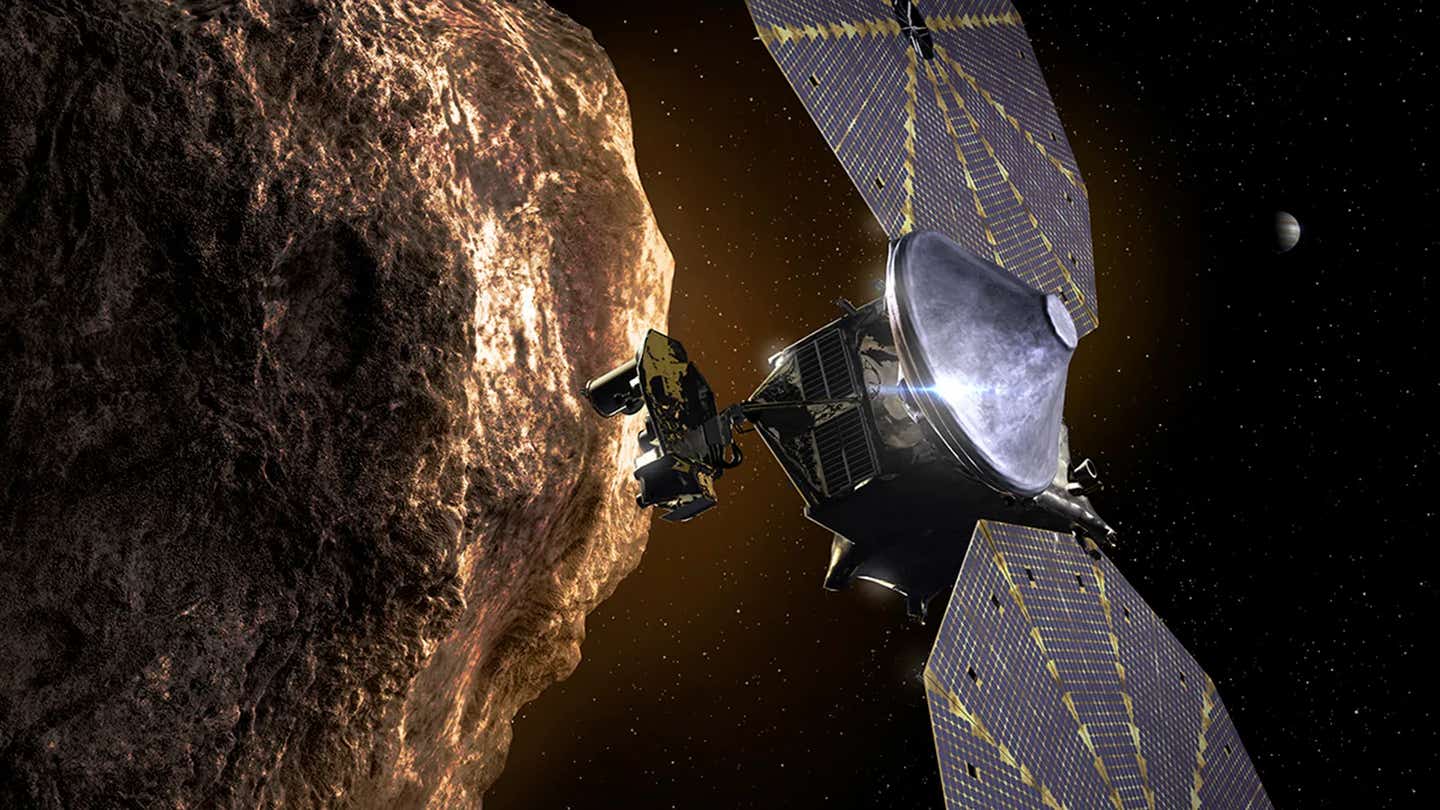Earth scientist discovered why U.S. has so many tornadoes
His work combines climate science and meteorology to explore what causes severe storms and tornadoes and why they occur in certain areas.

Across the Midwest during warmer months, watching the sky for storms and tornadoes becomes a common activity. Dan Chavas, an associate professor in Purdue University's Department of Earth, Atmospheric, and Planetary Sciences, takes this interest further by dedicating his career to understanding what makes tornadoes form. His work combines climate science and meteorology to explore what causes severe storms and tornadoes and why they occur in certain areas.
“I study both the climate and extreme weather,” Chavas explains. “My research asks, ‘Why do we have severe thunderstorms or tornadoes at all?’ There are specific regions on Earth that have more storms, more tornadoes than other places. What creates these stormy regions?”
The central and eastern United States are prime locations for severe thunderstorms and tornadoes. Chavas uses computer models to simulate and study the conditions that lead to these storms.
“We’ve had these decades-old assumptions about what causes storms,” he says. “We’re validating those hypotheses and figuring out what makes North America such a hot spot.”
Unlike storm chasers who pursue storms in weather vans, Chavas uses historical data and computer models to create and test scenarios. He refers to himself as a storm tester rather than a storm chaser.
“We use weather and climate models, as well as extensive databases of thunderstorms, lightning strikes, atmospheric data, and more, to ask, ‘What if the world was different?’” Chavas says. “We can use these models as laboratories to ask questions like ‘What happens to the weather if you flatten the Rocky Mountains? What about if you fill in the Gulf of Mexico? What aspects of the modern continental and mountain configurations really matter? Let’s actually test this prevailing, conventional wisdom.’”
One of Chavas’s key studies involves the impact of the Gulf of Mexico on tornado formation. For over 50 years, scientists believed that the warm, moist air from the Gulf significantly contributed to tornadoes in North America.
Related Stories
Chavas's team tested this hypothesis using climate models. When they virtually replaced the Gulf of Mexico with land, they found that the absence of the Gulf had a smaller effect on storms than expected. Severe thunderstorms moved eastward from the central Great Plains to Illinois and decreased over southern Texas.
“Severe thunderstorms and tornadoes form in environments with specific ingredients for how temperature, moisture, and especially wind speed and direction change with height in the atmosphere,” Chavas explains. “The climate determines where and when those ingredients can be found together to produce these types of storms. Computer models let us understand why the ingredients are there in the first place and what role they each play in the weather we see.”
Chavas's recent study, published with graduate student Funing Li in the Proceedings of the National Academy of Sciences, compares North America’s tornado-prone geography with South America, which has similar geography but fewer tornadoes. Funded by the National Science Foundation and NASA, the study suggests that the rough terrain east of the Andes, partly due to the Amazon's hills and tall trees, prevents tornadoes in South America.
In North America, many tornadoes form east of the Rockies where air flows in from the smoother surface of the Gulf of Mexico. By smoothing South America's terrain to resemble an ocean and roughening the Gulf of Mexico in their models, the researchers saw an increase in South American tornado potential and a decrease in North American tornado potential.
“A rough surface upstream means that downstream the wind is no longer changing speed and direction with height very strongly near the surface, which we refer to as ‘wind shear,’” Chavas says. “It doesn’t change ingredients for severe thunderstorms, but the wind shear in the 1 kilometer of air above the ground is a critical ingredient for tornadoes.”
Chavas’s fascination with weather began at age four when a storm-torn tree fell on his house in Wisconsin. His research aims to predict future weather patterns by understanding how climate controls current weather.
“If we want to understand how climate change will affect weather in the future, we need to understand how climate determines weather in the first place,” Chavas says. “We don’t have a very good understanding of how climate controls the severe weather we have.”
Understanding surface roughness and land use changes can improve weather prediction and potentially influence weather patterns. For example, if the Amazon's rough terrain protects South America from tornadoes, could reforestation in the eastern United States affect tornadoes there too?
Climate change impacts atmospheric flow patterns and moisture distribution. Chavas suggests that altering the land surface and air flow trajectory from the Gulf of Mexico could affect the conditions that create tornadoes.
“If we change the land surface and the trajectory of air flowing inland from the Gulf of Mexico, it may have a direct impact on these ingredients that give rise to tornadoes farther inland,” he explains. “When we think about climate change, we think about it getting hotter and the land getting drier. But if the jet stream changes where and how quickly air flows inland, it can change where and how tornadoes form. Places that didn’t see them before may see them more, and places that had more may see fewer. We need to understand the weather now to help us better predict the weather of the future.”
Chavas’s research not only seeks to decode the mysteries of tornado formation but also aims to prepare us for future weather challenges. By understanding the intricate relationship between climate and severe weather, we can better anticipate and respond to the evolving patterns brought about by climate change.
Note: Materials provided above by The Brighter Side of News. Content may be edited for style and length.
Like these kind of feel good stories? Get the Brighter Side of News' newsletter.
Joseph Shavit
Head Science News Writer | Communicating Innovation & Discovery
Based in Los Angeles, Joseph Shavit is an accomplished science journalist, head science news writer and co-founder at The Brighter Side of News, where he translates cutting-edge discoveries into compelling stories for a broad audience. With a strong background spanning science, business, product management, media leadership, and entrepreneurship, Joseph brings a unique perspective to science communication. His expertise allows him to uncover the intersection of technological advancements and market potential, shedding light on how groundbreaking research evolves into transformative products and industries.



